Nu har nästan alla löv fallit ner. Nästa års knoppar har redan börjat bildas på de kala grenarna. Från och med nu kommer lönnen att se i princip likadan ut tills knopparna spricker i vår. Men då kommer jag inte längre att vara här. Jag kommer om ett par månader att flytta 75 mil norrut till ett nytt jobb i en annan stad. Efter nästan 16 år nere i söder kommer jag åter igen att bli norrbottning. Och då får jag lov att hitta ett nytt träd att följa…
Now almost all the leaves have fallen. Next year’s buds have already started to form on the bare branches. From now on the maple tree will look pretty much the same until bud burst next spring. But I will not be here to see that. In a couple of months I will move 750 km north of here to a new job in another town. After nearly 16 years down south I will once again be a ”norrbottning”, i.e. a person living in Norrbotten, the northernmost county in Sweden. And then I’ll need to find a new tree to follow…
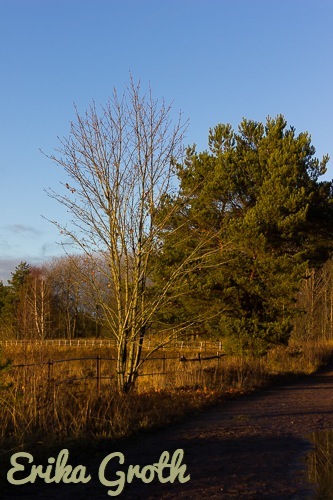
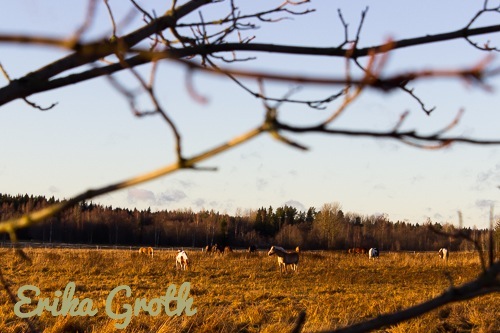
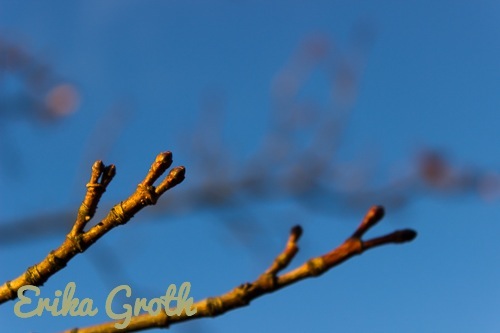
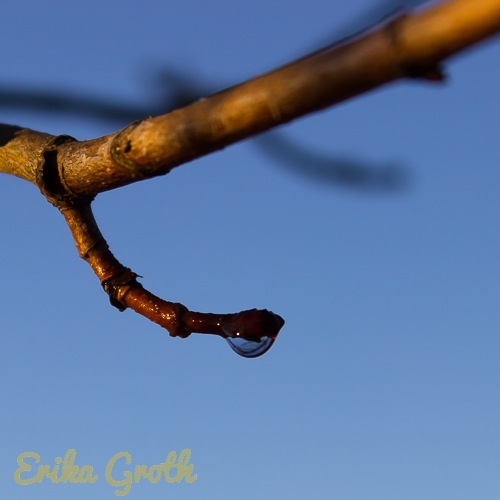
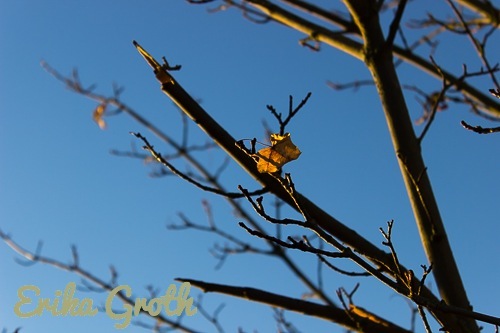
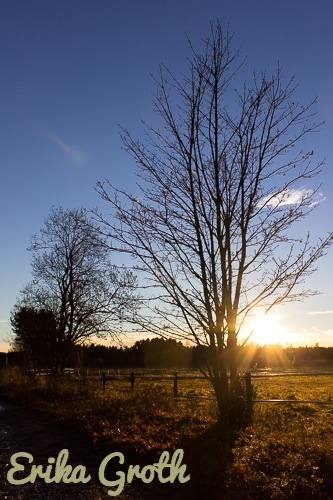 Fotona ovan är tagna 2015-11-07 i Sandviken.
Fotona ovan är tagna 2015-11-07 i Sandviken.
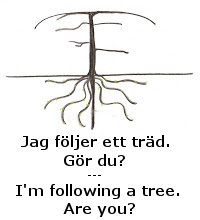 Kolla även in andra trädföljare på The Squirrelbasket (internationellt).
Kolla även in andra trädföljare på The Squirrelbasket (internationellt).
(Lucy på Loose and Leafy som brukar vara värd för trädföljarna har problem med sin dator och därför har lämnat över värdskapet till Pat på The Squirrelbasket.)

Winter does come early in your latitudes! And the sun is so low in the sky.
As I look out of my window I see our maples and sycamores still have many yellow, red and even green leaves on them, while yours are totally bare.
I hope you will stay with us in 2016 after finding a new tree. And if you can manage it, check in with us in the December linkbox, whether you have found a new tree yet or not.
Best wishes for your move
Yes, winters in the north get really dark, especially when there is no snow. On the other hand we have daylight around the clock in summer…
Will the trees be quite different that much further north?
Yes, there certainly aren’t any maple trees up there.
Sandviken where I live now is at latitude 60.62 N. Älvsbyn in Norrbotten where I’m moving is at latitude 65.67 N.
Where I live now in Sandviken, Sweden is more or less right on the so called limes norrlandicus*, which is a climatological, biological and (interestingly enough) also a cultural and historical border that cuts through Scandinavia in a more or less east to west direction. Both the climate and species composition are rather different below and above limes norrlandicus.
Overall there are less species in the north. That is also true for tree species. Those that do exist tend to be generalists to be able to survive the harsh climate and extreme light conditions. There are only a few tree species that occur naturally in northern Scandinavia.
However, Norrbotten is at least partly in the true Arctic (=above the Artic Circle). That means that climate change is very, VERY fast and the change is drastic. So this is actually a really good time to move back for someone like me who is interested in natural science because you can really see the world around you change. In Norrbotten the ongoing climate change doesn’t mean a rise of 2-4 degrees celsius in average annual temperature like in the rest of the world. We are talking about a rise of 8-9 degrees in average annual temperature in the next few decades. The difference will mostly consist of warmer winters. So the climatological and probably also biological limes norrlandicus is on the move north! And it’s moving fast…
*Norrland (northern land) is the common geographical name for the northern 2/3 of Sweden. The southern border of Norrland is close to limes norrlandicus, hence the name.